Stardock at 30
- Paul Thurrott
- Oct 19, 2023
-
11
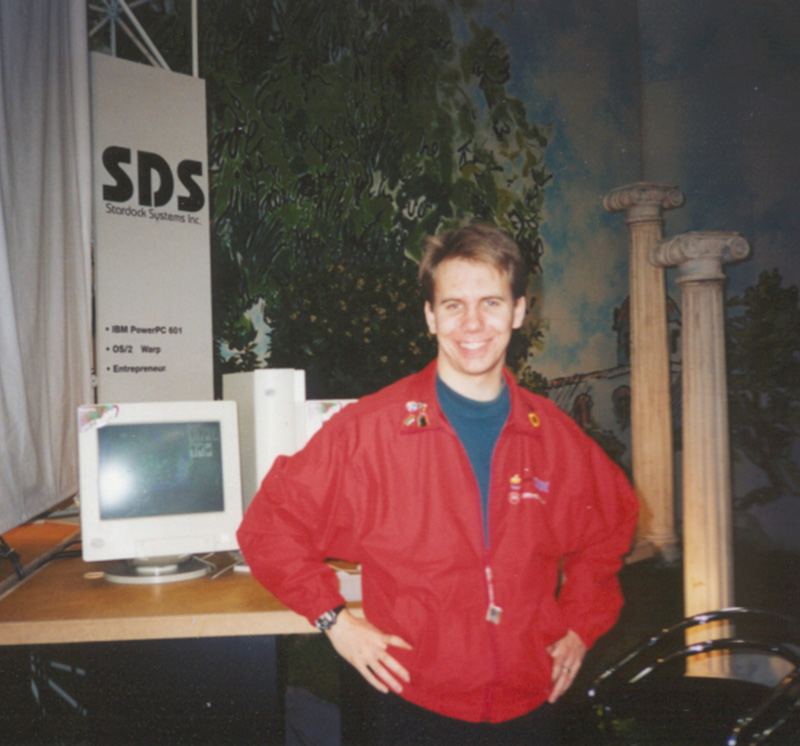
When I think about the independent Windows software makers that have been around the longest and have made the most impact, only one rises to the top of the list. That’s Stardock, who you probably know best today for Start11, Object Desktop, or its game Galactic Civilizations.
But there’s there more to it than that. And in hitting its 30th anniversary this month, Stardock and its founder, president, and CEO Brad Wardell have a story to tell. To me, that story is about longevity and persistence, seeing and meeting real needs, and adapting to an ever-changing market that is nothing like that from which it emerged in 1993.
Windows Intelligence In Your Inbox
Sign up for our new free newsletter to get three time-saving tips each Friday — and get free copies of Paul Thurrott's Windows 11 and Windows 10 Field Guides (normally $9.99) as a special welcome gift!
"*" indicates required fields
This story is also a bit personal: In addition to starting my own journey in personal technology that same year, I’ve known Brad Wardell for decades, and I miss seeing him at industry events and reminiscing about the old days. Tied to this, Brad Sams, who started at Neowin—which is partially owned by Wardell—and then worked with me side-by-side at BWW Media Group for several years, now works at Stardock and plays a day-to-day role in its current products. And between First Ring Daily and a regular stream of Stardock app updates, the two Brads, as I think of them, still play a daily role in my own life.
So I was delighted to sit down with Brad Wardell last week—virtually, sadly, but better than nothing—and discuss him and his company, how things have evolved over the years, and where they might be heading. It had been far too long.
“In 1993, I was in college, and I needed to pay for school,” Brad explained when I asked him about the beginnings of the company. “I was going to do this until I got a real job. But I was really into OS/2 [the IBM operating system that at the time competed with Windows in the PC market]. And that was why the full name of the company is Stardock Systems to this day.”
For those unfamiliar with those days, IBM’s platforms in the early 1990s always used some version of the term “System” in their names. The IBM PS/2, for example, was officially branded as the IBM Personal System/2. And that was what Wardell was emulating: At its inception, Stardock—excuse me, Stardock Systems—was a PC maker. “Yeah, I was building PCs from my dorm room,” Brad told me. Like Michael Dell, a bit, though I was unsuccessful at it.”
I was surprised but delighted to learn that the first half of the Stardock name came from the Raymond Feist fantasy fiction series Riftwar Cycle, as I was also a big Feist and sci-fi/fantasy fan at that time: It’s the name of an island that’s the home of a magician’s academy. Brad had called a hardware parts maker to order some parts and was asked for his company name, which he’d not come up with yet. Panicked, he looked down and saw that Feist’s book Silverthorn was open to a chapter with the word Stardock in its title.
“And I said, um, Stardock Systems,” he said, laughing. “And that’s how the company came to be. And still is. It’s really hard once you get going to change the name of your company. And so it’s been stuck ever since. I wish I could change it. I’ve come up with so many other names over the years and, yeah, but it would be so much work now rebranding. I mean, who would ever take an established brand name, right, and then just change it, throw it out?”
During this time, Brad was also engaged in another activity that wasn’t just unusual but was in fact unique in the OS/2 space: He was writing a game with a friend that would run on IBM’s decidedly buttoned-down system for businesses.
“I was doing this for fun,” he told me, “making a game called Galactic Civilizations for OS/2. And it was my mother who insisted that I incorporate the company because she thought I was going to get sued at some point. I was like, I’m never going to get sued. I don’t need to do that. That’ll never happen. But you know what? She was right.”
Unfortunately, Brad and his programming partner were never paid for their work on Galactic Civilizations for OS/2, as the publisher basically took the game, made a lot of money from it, and never compensated them. But the experience still paid off: He met a lot of people in the OS/2 and got some attention for his work. And so the game development expanded to include OS/2 software development, with an eye toward filling in functional gaps in OS/2 with utilities.

The result was an application suite called Object Desktop. Which, yes, appeared first on OS/2, and not Windows.
“It’s funny because we threw a lot of stuff into this product,” he explained. “We came up with the idea of presenting ZIP archive files as folders, many years before Microsoft added that to Windows. We had a superior file manager called Object Navigator at a time when Windows 3.1 was current and had its own weak File Manager.”
Like Stardock itself, Object Desktop persists to this day, and as is the case with Stardock, it’s a brand name that Brad regrets. “Speaking of brand names that have not aged well, right?” he joked. “Objects were all the rage in the 1990s.”
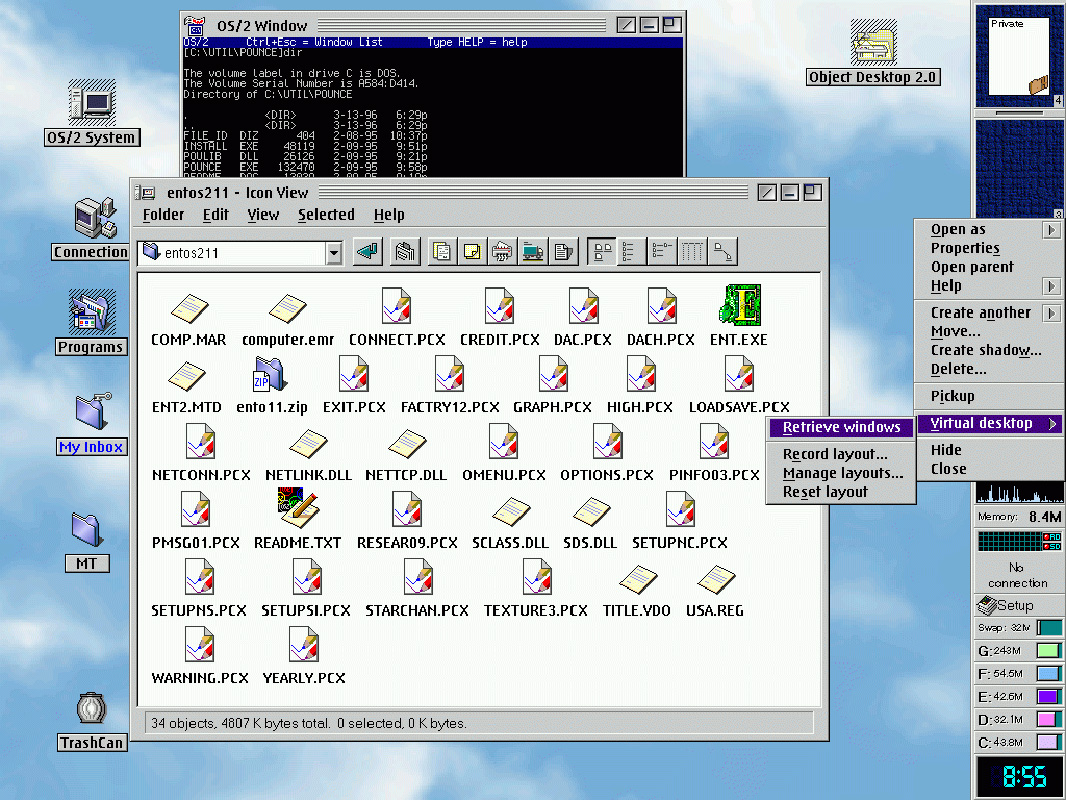
Object Manager was the start of a familiar pattern that repeats to this day, he told me: Stardock would create features for its products that Microsoft would later quietly add to Windows without any attribution. And it was always obvious when this happened. The basic look and feel of Object Desktop today seems very reminiscent of Windows 95, which at that point was still a few years down the road. It even included a Taskbar.
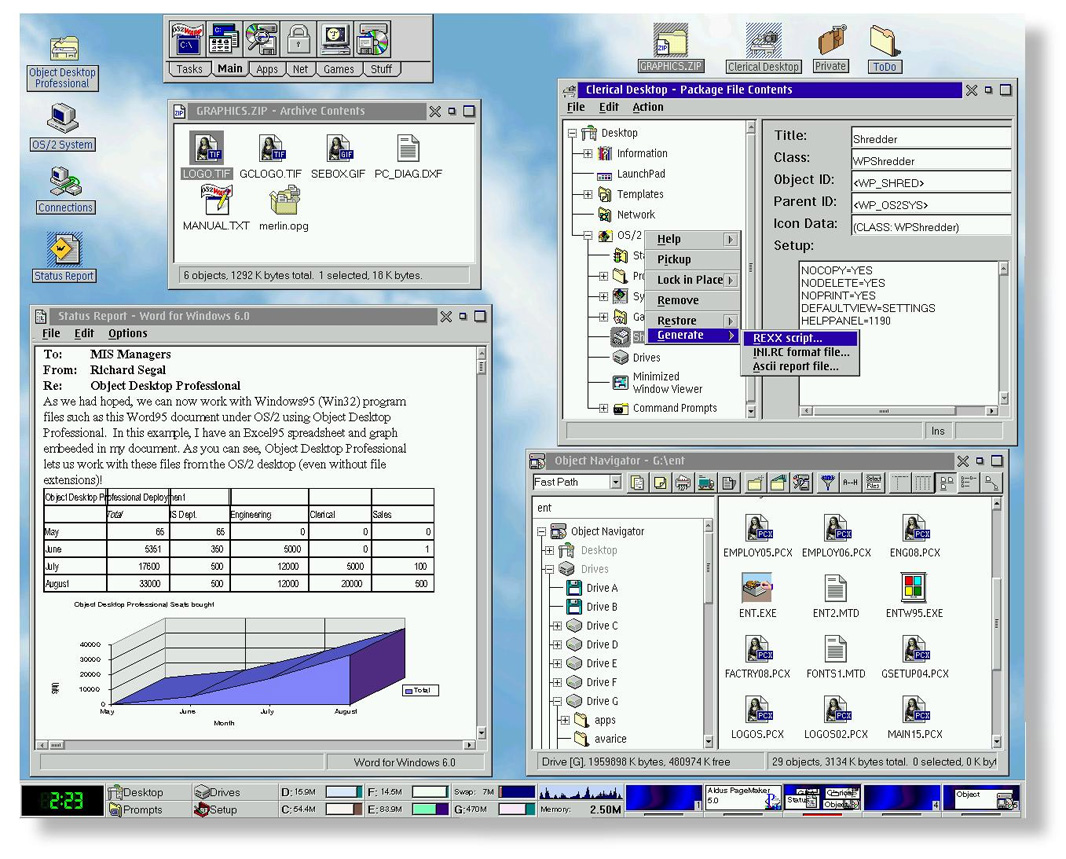
Brad is kinder about this than I’d be. But there were further innovations like an early version of a portable app technology called Object Package that would package an app and its registry settings so you could bring it to another PC without installing it first.
“It was basically a super installer app,” he told me. “We didn’t really have installers back then, so we were trying to solve that problem. Remember, in the early 1990s, there are no install wizards. So this would take care of the installation.”
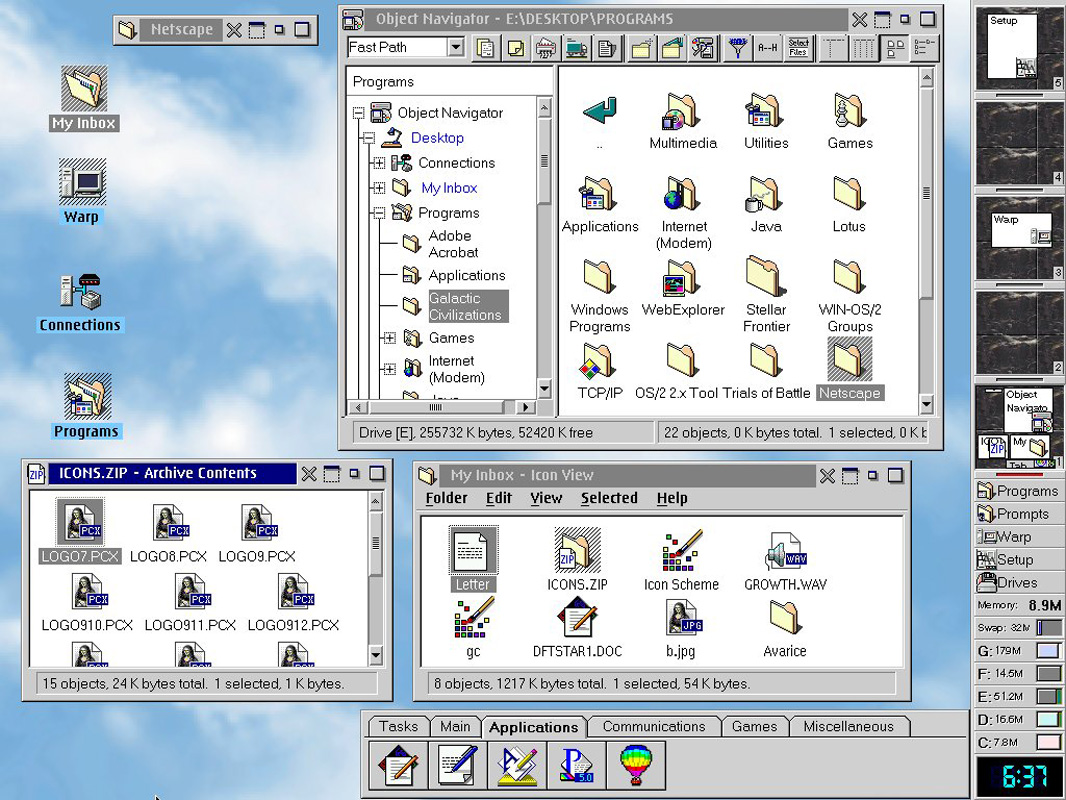
By the mid-1990s, it was clear that OS/2 was never going to win mainstream market acceptance and that Windows was the future. And so Stardock started making the transition in 1997 or 1998—the details are hazy now—and brought its application suite and utilities to Windows. It wasn’t easy: Brad was then, in his own words, an “OS/2 diehard.” But Stardock persisted and shipped Object Desktop for Windows by the end of the 1990s, and it included more unique innovations for this new platform.
“We did a few things for Windows that quaint now, like shadows,” he explained. “We brought over ZIP files as folders. We did things like gadgets and widgets, that was us, little mini-apps using JavaScript.”
But Stardock’s first big hit on Windows came from an unexpected inspiration: When Steve Jobs took over at Apple in the late 1990s, it launched a series of unique user interfaces like Metal in QuickTime and then Aqua in Mac OS X. And Stardock figured out how it could inject these interfaces into Windows and make Windows look like other platforms. It had figured out skinning.
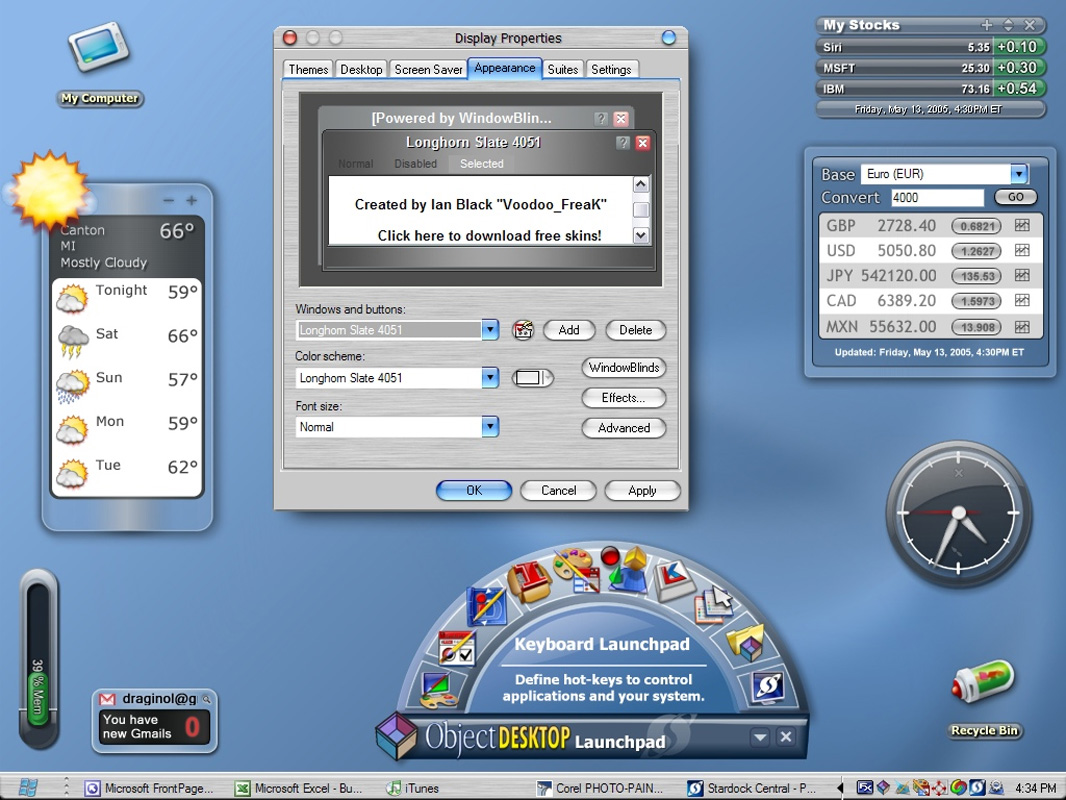
WindowBlinds came out of this work. And while it’s harder than ever to customize Windows this way today—“there are no standards anymore,” Brad griped, “there’s not even the notion of a title bar now”—this was revolutionary in its day. Windows users no longer needed to be envious of rival platforms like BeOS, OS/2, or the Mac.
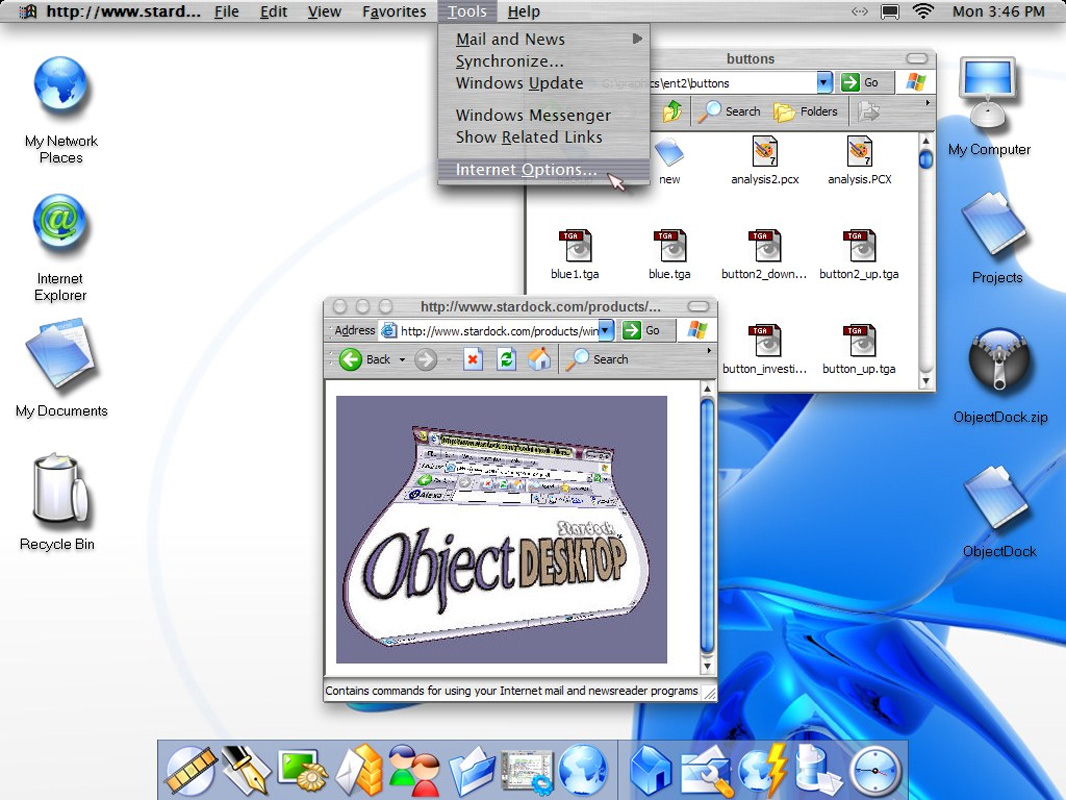
But WindowBlinds is important for another reason. Where the Stardock of the 1990s primarily served the business market with OS/2, the Stardock of the turn of the century was transitioning into a different kind of company that largely served consumers, those individuals who spent their days staring at Windows on low-resolution monitors and wanted it to be as pretty or efficient as possible.
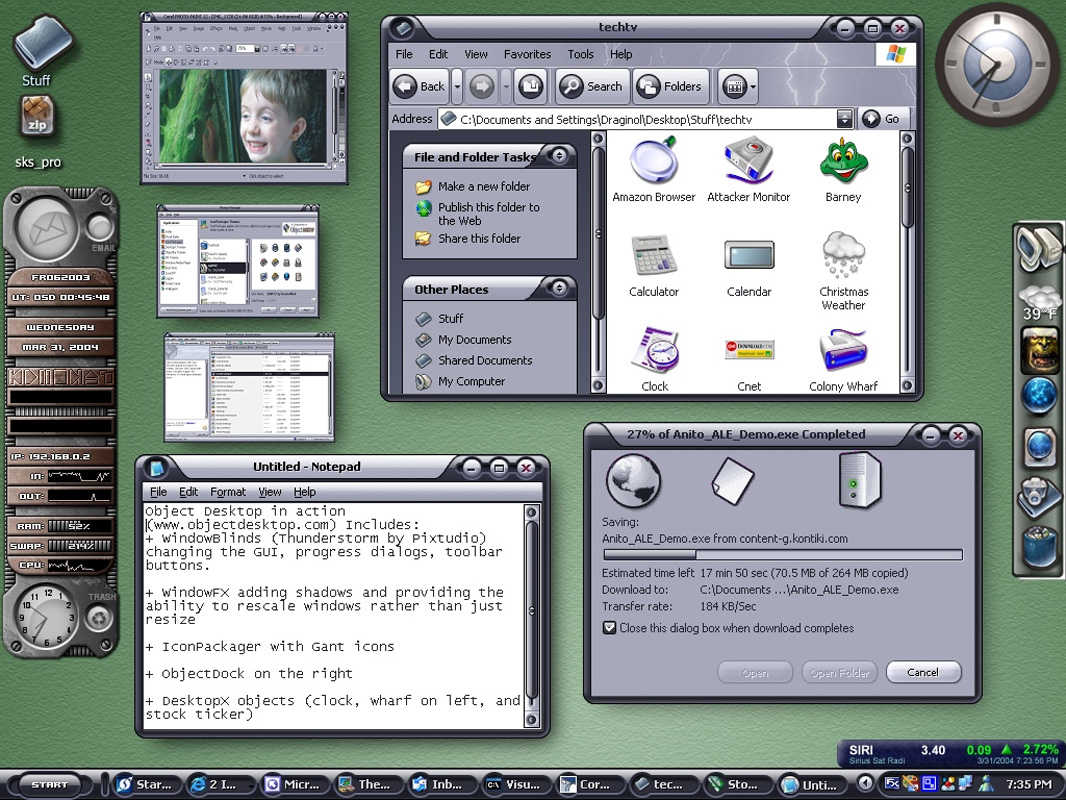
“Imagine you’re Enterprise rent-a-car and you want to distribute a desktop to all of your clients,” he explained. “You’re using Object Package and putting it out on the LAN, and everyone can just download this, double-click it, and create the desktop. That’s the kind of stuff we had been doing. But what took off on Windows was the ability to change how Windows looked.”

This evolved over time, as things do. With the rise of smartphones in the late 2000s, people began spending much more time on those devices than on PCs as usage shifted. And when Microsoft responded to this change with Windows 8, Brad did what he’d always done in sensing a need and filling it.
“Start8 was born in your presence,” he reminded me. “I was sitting with you and Mary Jo Foley, and Windows 8 was just coming out. And I just couldn’t believe it. They didn’t bring back the Start menu, even for those that wanted it. It was just gone. And I’m there with with you guys and I got on Skype, probably, and contacted the team. I said, we need to bring the Start menu back right now. And so they made me this app while I was away.”
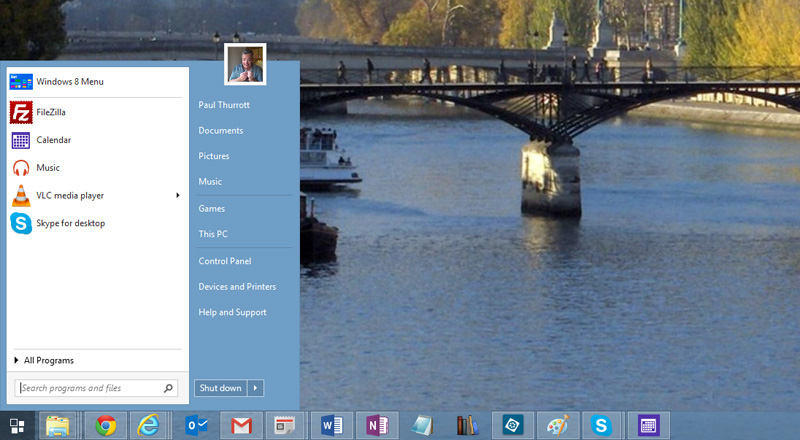
Start8 was the beginning of a new era for Stardock, one in which its customer base shifted once again, this time back to the company’s enterprise roots. Start8 was a big deal for individuals, sure, but it was even bigger for businesses. And its success was tied to Microsoft’s mistakes. For the first time, Microsoft had introduced a new user interface in Windows and not allowed customers to revert to the previous version.
“Yeah, Start8 sold,” he told me. “This became big. I was joking with a friend at the time who worked at a big game company, and he was telling me how well their new game had sold. I said, hey, that’s great, that’s almost half of what Start8 had done.”

Stardock’s next hit was Groupy, which brought tabs to every window in Windows 10 and even let you commingle different apps in a single window of tabs. Microsoft, of course, promised a more limited feature for Windows 10 called Sets but then was unable to bring it to market. And it later just added tabs to individual apps like File Explorer, Notepad, and Terminal instead. But Groupy lives on.
“I remember we were showing off Groupy and Microsoft just couldn’t figure out how to do it,” Brad said. “And so they just added [tabs] to a few apps. But it’s really buggy in File Explorer.”
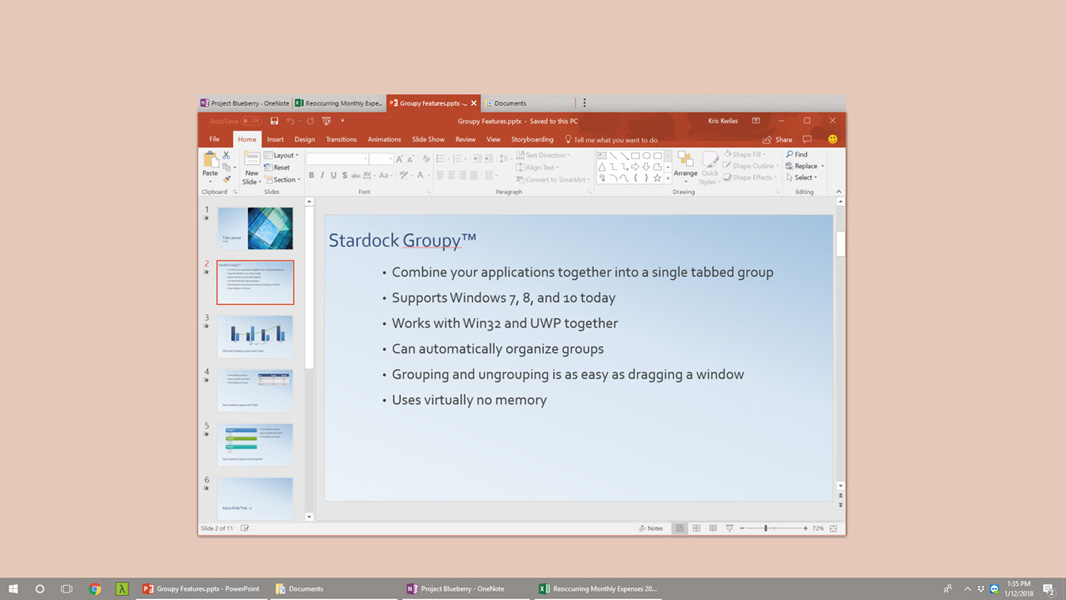
And then there’s Start11, which addresses the regressions caused by the new Start menu and Taskbar in Windows 11. In this modern era, Stardock continues to benefit from Microsoft’s missteps.
“Windows 11 has been a real boon for us,” Brad said. “Microsoft is putting ads in its Start menu. You go into a UPS, and Start11 is there. If you’re an enterprise, we’re still the only real option.”
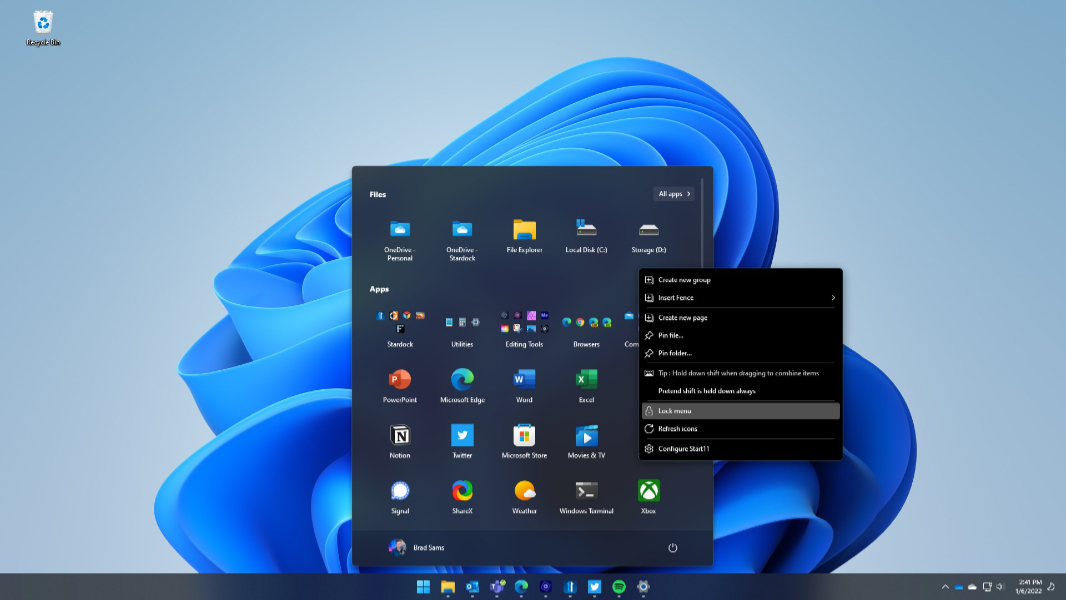
Today, Stardock’s top-selling products are Start11, the Multiplicity virtual KVM (“keyboard, video, and mouse”) solution, and Fences, which helps users organize files and folders on the Desktop. As Brad Sams told me recently, between Start11 and Fences, Stardock basically has everything a company needs to fix the issues Microsoft caused with the Windows 11 Start menu, Taskbar, and Desktop.
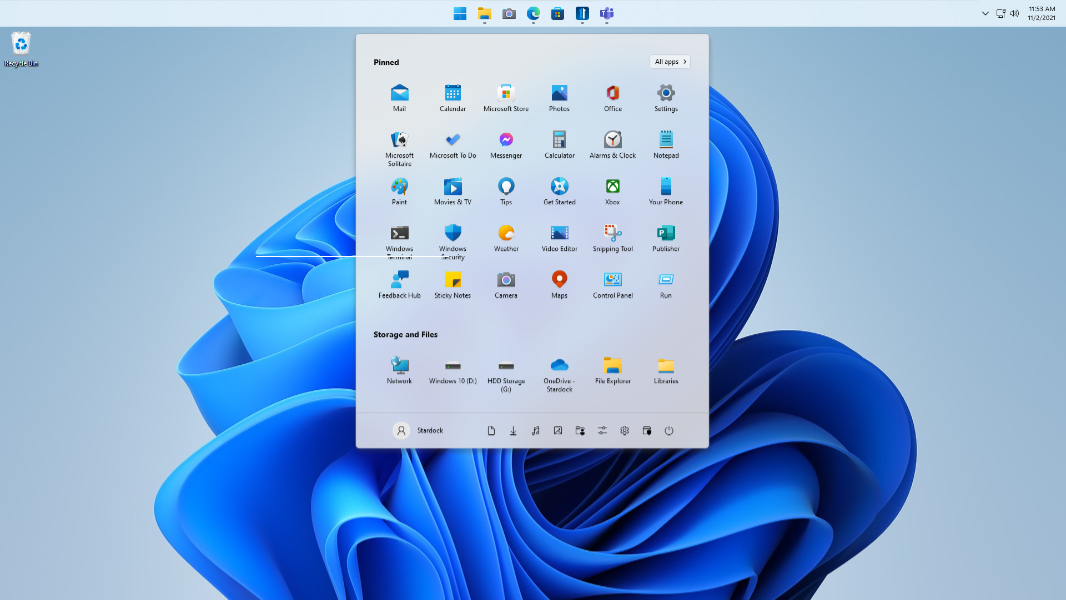
“It’s mostly the enterprise now,” Brad (Wardell) continued. “It’s interesting. But it’s too bad, too, because I really like some of our other programs. We have programs like IconPackager, which changes all of your icons at once, that don’t sell well anymore but are pretty neat. No one seems to care about this kind of thing anymore.”
In discussing the mobile shift that relegated the PC to a largely productivity-focused role, Brad and I came together on two points. First, most people today are more interested in customizing their smartphones, not their PCs. And second, even those who like and use customization software on PCs don’t seem to want to pay for it anymore.
That latter bit is a broader concern for any content maker that I can very much relate to. We’ve entered a strange new era in which not only do individuals not want to pay for one’s work, but the steadily rising prices of the services we do pay for are making the situation even more acute.
This is an issue for Stardock because it has many ideas about how it could improve Windows 11 further, perhaps with a file manager that works properly and offers great performance, a product I’d certainly buy in a heartbeat. But the market has shifted so much that such a product may not make any sense for Stardock.
“The problem is, people won’t pay for that sort of thing, and enterprises don’t care,” he explained. “I already can’t sell Groupy to big enterprise customers. So this kind of thing is just [mainstream] consumers. Power users feel that something like Groupy should be free.”
What many don’t realize, perhaps, is that apps like Groupy solve real problems. Consider an app like Microsoft Teams that doesn’t support multiple accounts on the desktop like it does on mobile. This forces users—and remember, businesses are the sole customer base for this product—to use a web app version of Teams for other accounts. With Groupy, you could have all these separate Teams instances together in a single window.
“It’s like there’s actually one Teams app,” he added. “And there’s one icon [in the Taskbar] I can click and it launches it all together.”
After a major digression involving email spam, the new Outlook, Visual Studio, and AI—seriously, I really need to talk to this guy more often—Brad offered some hints about products that Stardock might actually bring to market in the future.
“A lot of the stuff we’re working on now is about synchronizing,” he said. “All of our apps are starting to build into this thing. And if you look at it broadly, whether you’re an enterprise or even just a user with multiple computers, you just want everything to be the same everywhere. Today, Microsoft stores stuff that I don’t want them to do, like my Documents folder. And there are duplicates. We want to do this setting sync right.”
The issue, of course, is pricing. Object Desktop is a subscription, so Stardock can use Azure to store sync information and the cost is nominal. But general settings sync is another story.
“We’re still looking at how much it’s going to cost us to do it, because as you know, we live in a world where people only want to pay $6 for Start11, and we can’t really give you free synchronization for $6.00. But perhaps a subscription. There are a lot of a lot of people who really hate subscription software, but there are some benefits to it because it lets you have some features that are ongoing with that. But yeah, is there a market for me to fix [these problems]? If there is, I go and have the team try to make the app.”
Brad also explained that Stardock is prepping a major upgrade to Start11, a “version 2,” if you will, and that the work that’s gone into this will require an upgrade price for existing users. (When I discussed this later with Brad Sams, he showed me this app, and it is indeed impressive.)
“I know there are going to be people who will complain that they’re not getting this for free,” he said. “But this is a major improvement. It’s like people, come on. We have to eat.”
This Start11 upgrade will likely inform how Stardock moves forward in some ways. But the basics won’t change. The company still makes games and utilities, and while it has come full circle in some ways, there are always problems looking for a solution.
“I never intended this to be a real company,” Brad said as we wrapped up. “But I’m still the sole shareholder in the company and here we are, 30 years later, with 100 employees and contractors. It’s really kind of a hobby that just got out of hand.”
The best businesses often are.